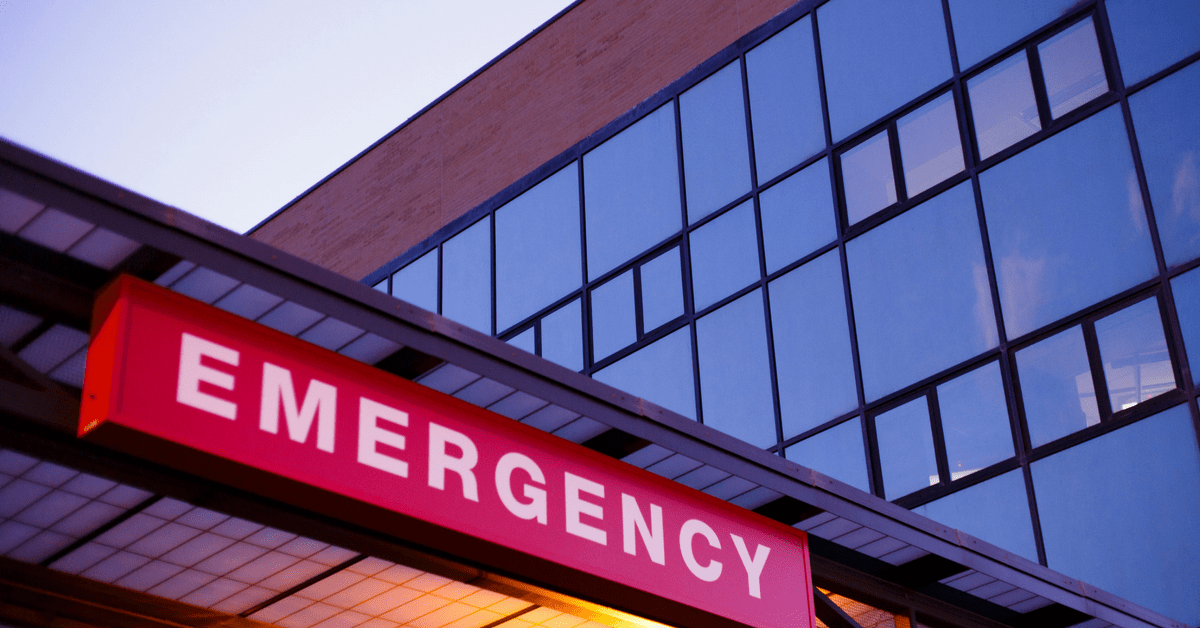
From the Journal: A Retrospective Nested Cohort Study of Emergency Department Revisits for Migraine in New York City
Determining the frequency of headache revisits among patients who present to an ED for migraine management
More than 1.2 million people visit U.S. emergency rooms due to migraine each year. Many of those are revisits from patients whose symptoms did not improve after their initial visit. A new study aims measure how often headache patients return to emergency departments after an initial visit failed to meet their migraine management needs, and to examine how sociodemographic factors like sex, age, and poverty level affect the likelihood of recurring emergency visits.
This study, published in Headache under the title “A Retrospective Nested Cohort Study of Emergency Department Revisits for Migraine in New York City,” was conducted using data from the New York City Department of Health and Mental Hygiene’s Syndromic Surveillance database. Study authors Dr. Mia Minen of the NYU Headache Center, joined by NYU’s Dr. Alexandra Boubour and Dr. Corita Grudzen, Dr. Benjamin Friedman of the Albert Einstein College of Medicine, and Dr. Amanda Wahnich of the Bureau of Communicable Disease, New York City Department of Health and Mental Hygiene, analyzed visits with discharge diagnoses from 18 NYC emergency departments in the first six months of 2015, sorting through the data to isolate frequency of headache revisit within six months, as well as the elapsed time between visits.
Researchers found that 26.2% of the 1,052 patients with an emergency department discharge diagnosis of migraine revisited an emergency department for headache treatment within 6 months of their initial diagnosis. Within that population, 12.5% of patients had two or more revisits to the same hospital.
Of those revisits for headache treatment following a migraine diagnosis, 9% of patients returned within 72 hours, and 46% returned within 90 days of the initial migraine visit. The study found no meaningful relationship between key sociodemographic factors and likelihood of revisit.
These findings highlight a significant gap in migraine patient outreach, support and access to resources. Despite the effectiveness of migraine treatment with a specialist in guiding patients through the management of their disease, individuals observed in this sample group may have inadequate access to long-term care. Emergency department revisits are a suboptimal solution for ongoing headache treatment. With more than a quarter of all initial emergency department visits for migraine are followed by a revisit within 6 months, and for some, within as little as 72 hours, this data unearths an urgent need for more targeted intervention to prevent revisits for migraine patients.
The American Headache Society is committed to keeping its members up to date on the most innovative and meaningful advancements in the realm of headache medicine. One of many initiatives to support that mission is our publication of Headache: The Journal of Head and Face Pain, published ten times per year, which highlights the latest findings in the realm of headache medicine research. Our “From the Journal” series offers a preview of some of the groundbreaking work detailed in Headache. Enjoy access to the full catalogue of content plus a print subscription included with an American Headache Society Membership. Click here to become a member today.


